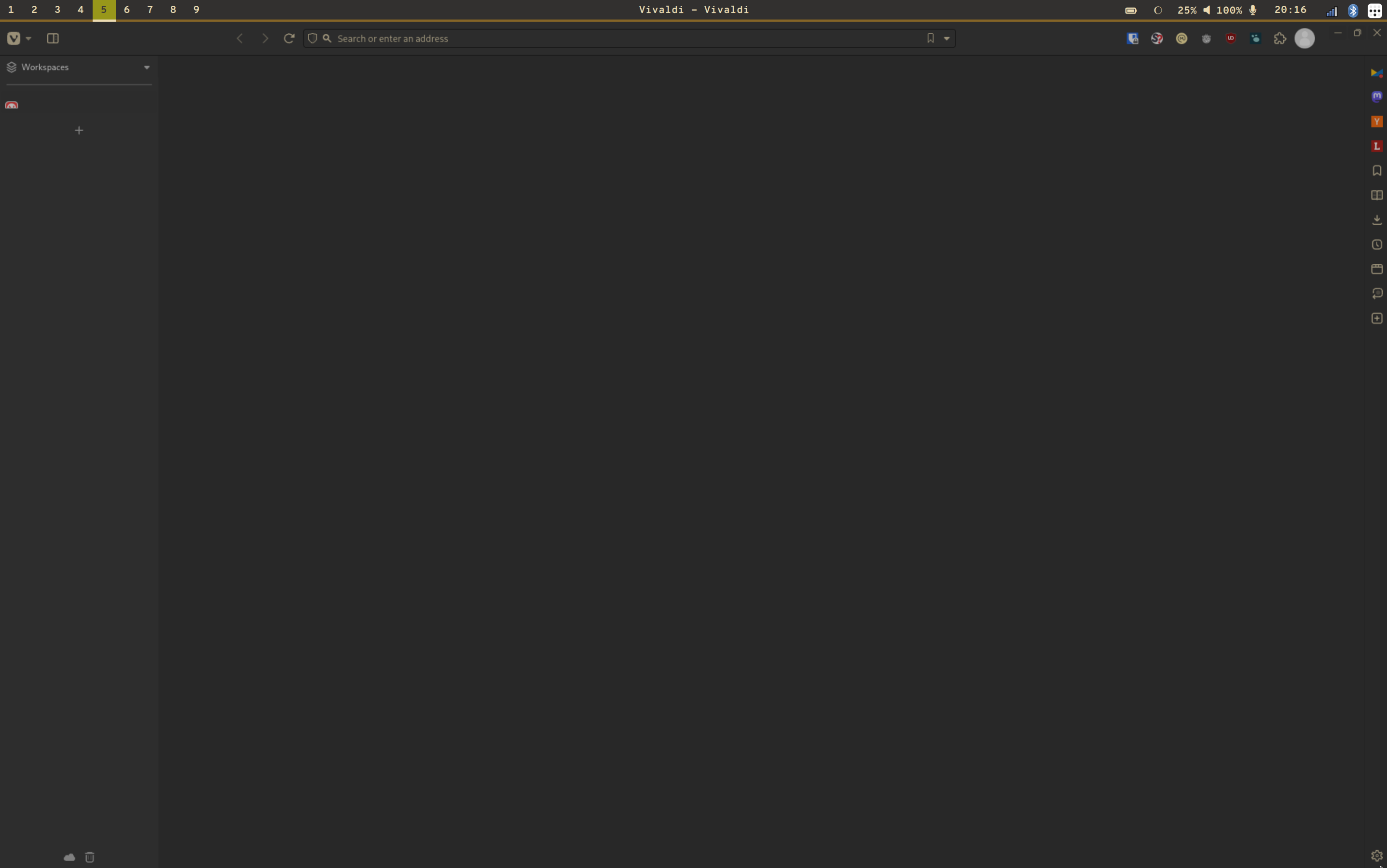It seems to still be strongly gnome-adjacent, which fits with the softer, "calmer" aesthetic Pop has, but with functional tweaks that are more aligned with Win11/KDE (absolutely intended as a positive statement, as far as moving the ball forward on UX design). I worry that team KDE won't like the "sane defaults" simplicity that it appears to have inherited from the gnome days, but that might just be the part of me that experiences terminal choice paralysis every time I fire up KDE. :)
pukeko
I think about it like this:
Layer 2b: ->> User applications (flatpak, nixpkgs, etc.)
Layer 2a: ->> User data (mutable, persistent no matter what your system layer is)
Layer 1: -> System (immutable/read-only/updated "atomically" meaning all at once)
Layer 0: Hardware
Or, alternately, it's what macos has been doing with absolutely no fanfare for several versions now. That's not a knock, btw. It's an illustration that it can be completely transparent in use, though it may require some habit changes on linux.
Out of the box, I love Vanilla OS's color scheme and wallpaper, with Fedora in second place for a default Gnome environment. I like the Pop_OS theme. I use River WM with a gruvbox theme (Vivaldi with no open tabs pictured), which is about as far from out of the box as you can get. Incidentally, I've been team light theme forEVER, but I've switched with gruvbox.

The thing I've learned in the many years of watching this fight is that the things Gnome people (of which I am one, though I have immense respect and appreciation for the KDE project) don't like about KDE tend to be the things KDE people like about KDE and vice versa.
Nothing, but I'm experiencing substantially the same behavior attempting SMB.
- I have tried with firewall enabled and disabled (and added the rule for the enabled firewall)
- I will check autoblock. That's one thing I haven't checked.
- I followed the DSM-7 task setup.
All fantastic suggestions, btw, but my hair-pulling is coming from none of them working (other than autoblock). :)
I believe the Synology tailscale client doesn't support tailscale SSH, but I was able to "classic SSH" into the NAS (remotely, via Tailscale) with no problem.
Apologies for the delay. July 4th festivities and rescuing a kitten from a storm drain intervened (upside: we now have a kitten).
I can ping the NAS from the client on the Tailscale IP (100.x.x.x) and the tailscale hostname. If I SSH to the NAS, I cannot ping the client machine, but everything on the NAS is available from the client other than the NFS share (and I think I remember reading that the Synology tailscale client does not support ping).
I realize we're sort of narrowing in on an NFS setting or possibly a firewall setting, and I appreciate your patience in going on this journey with me, but I have configured both according to, most relevantly, the tailscale documentation for connecting to a Synology NAS.
The allowlist for NFS allows the tailscale subnet and the local LAN subnet.
It's the same error regardless of whether I connect by tailscale IP (100.x.x.x) or the tailscale hostname, and it strongly suggests an issue on the Synology, but everything looks correct on the NAS (but I am by NO MEANS an expert):
mount.nfs: access denied by server while mounting $IP:/volume1/$mount
- Declaring the NFS mount in my NixOS configuration; also tried manually mounting via
sudo mount -o nfs $TAILSCALEHOSTNAME:/$MOUNT /mnt/$MOUNT (with some options like no auto, but I’m doing this from memory)
- I’ll try but I have some idea that it won’t respond to ping
- I will try in a moment
- yes, on the local network (192.168.x.x) — and for the record I allowed access to the NFS share via the tailscale subnet
The error I am receiving differs depending on whether I’m connecting via CLI or, say, Nautilus but I’ll have to collect the errors when I’m back at the laptop.
I tend to agree. I mean, the gnome workflow is more appealing to me (though I have since moved to a WM), but my dislike of KDE comes down to (a) too many options everywhere and (b) it looks too “sharp”. If KDE had an “I’m done fiddling” mode that hid most of the options and I found a softer theme, I’d probably like it fine.
Absolutely nothing I just said should take away from others’ preference for KDE. I’m glad we can like what we like.